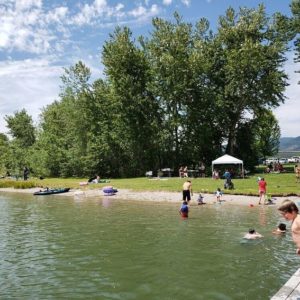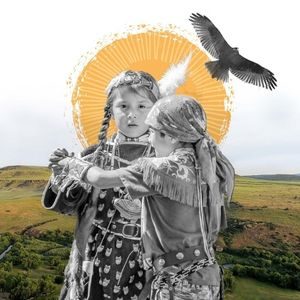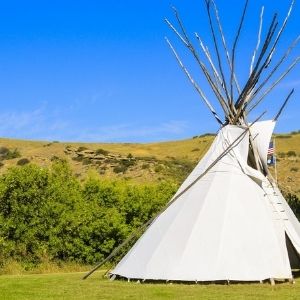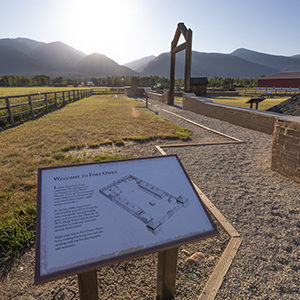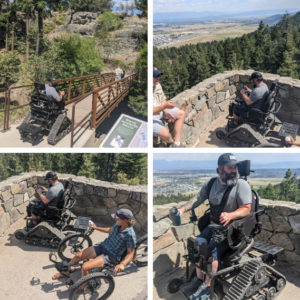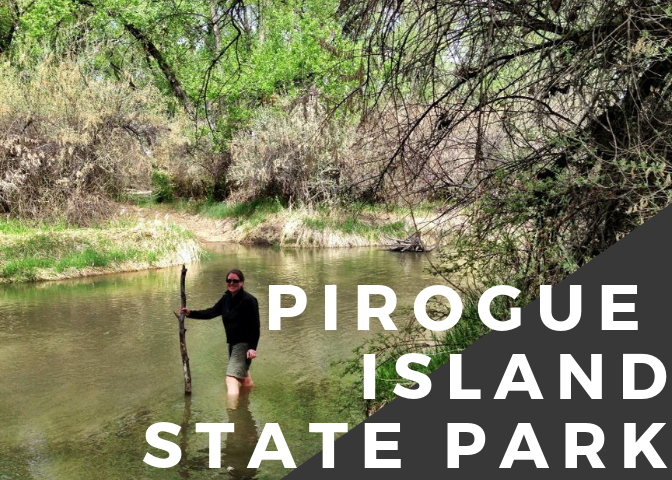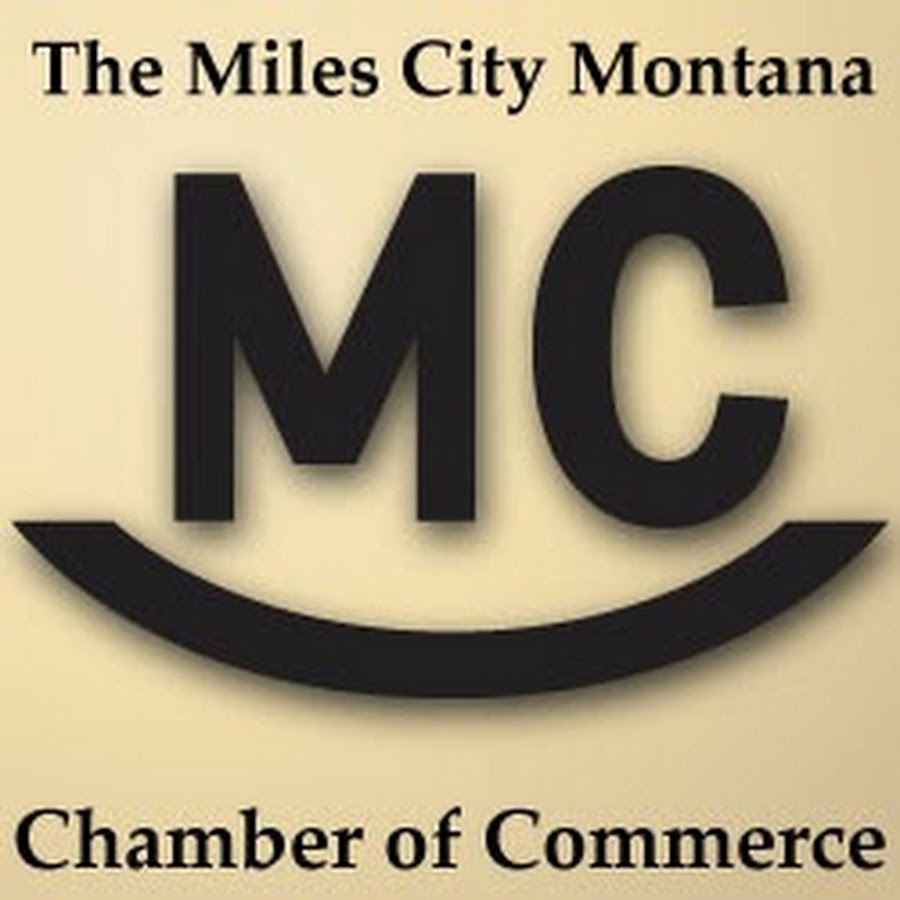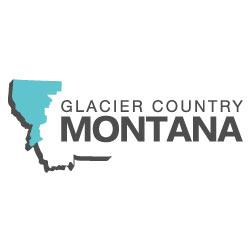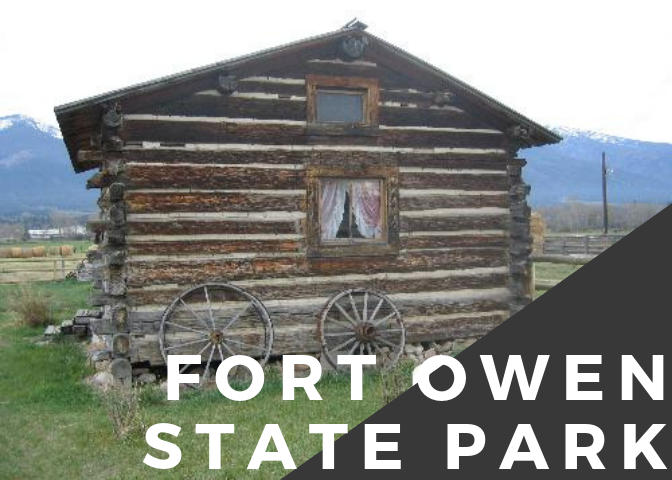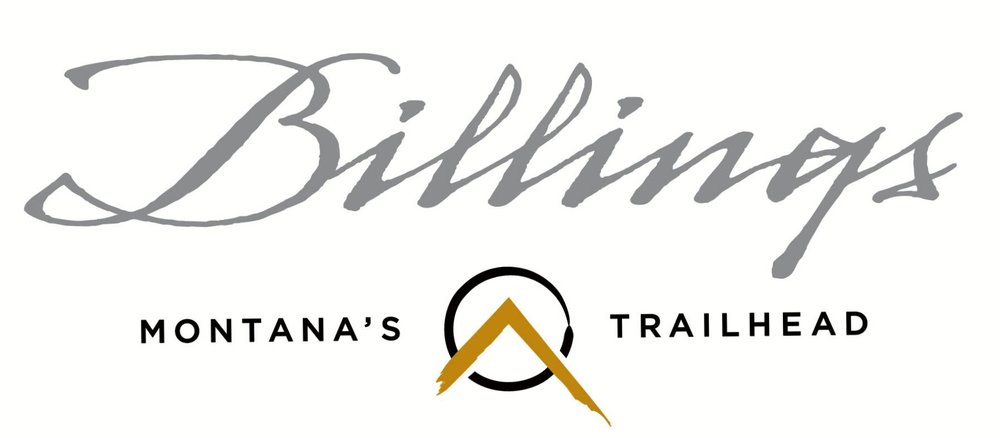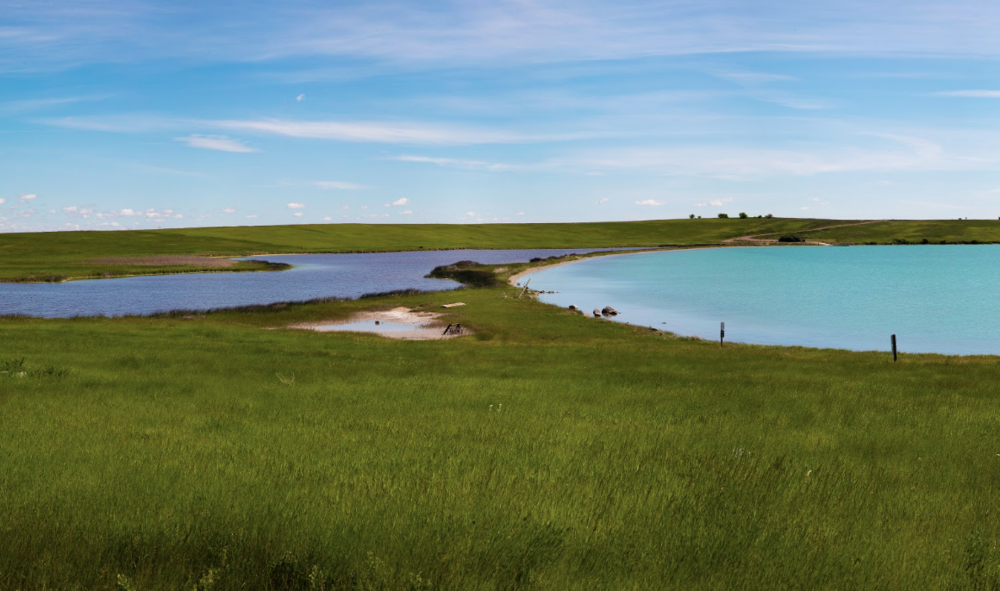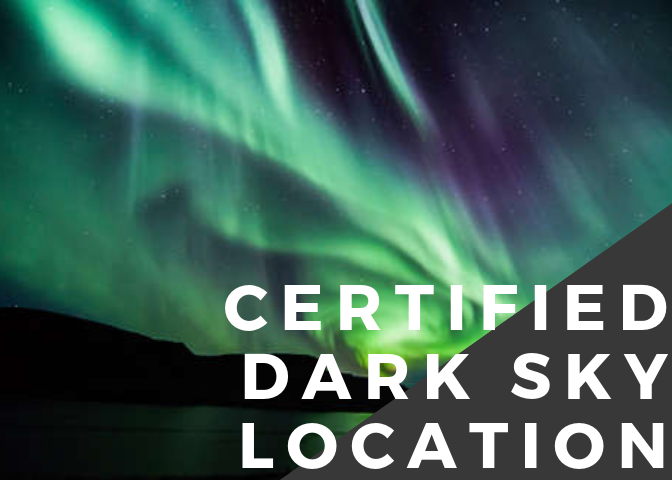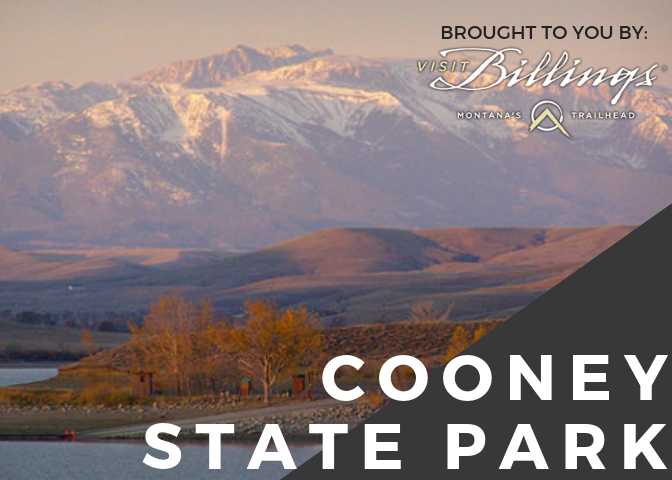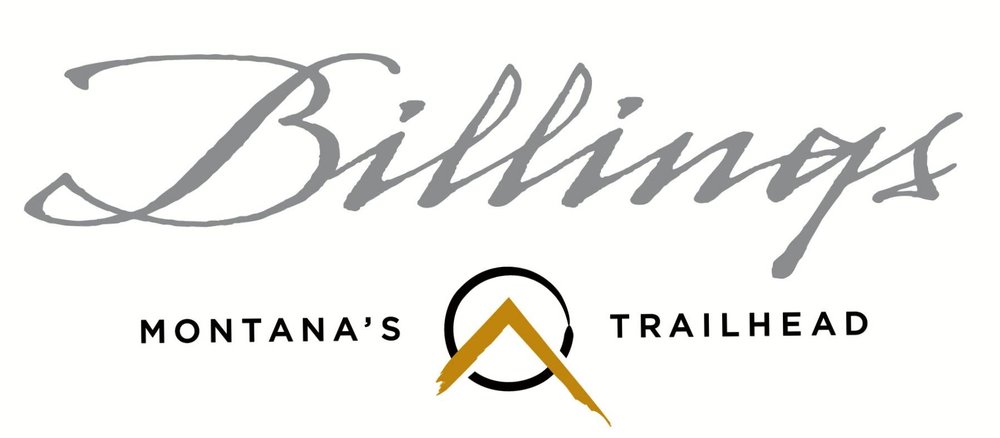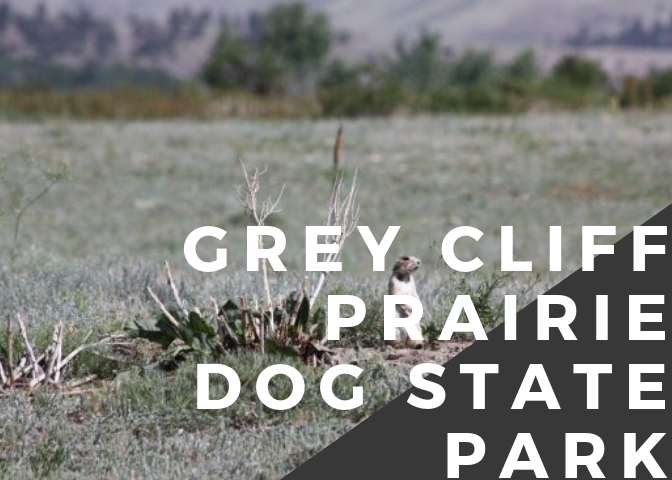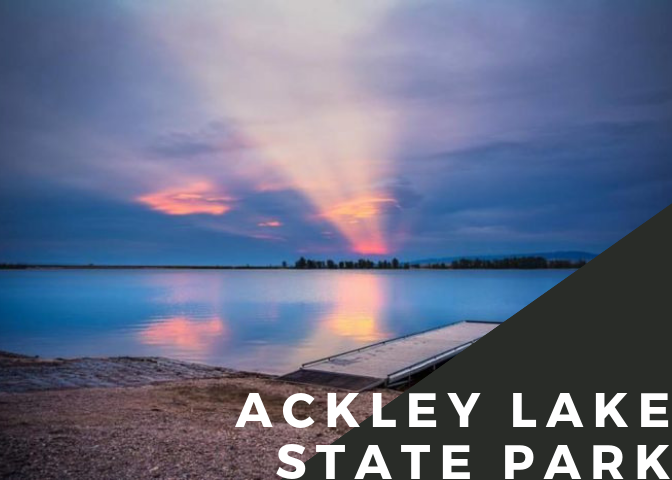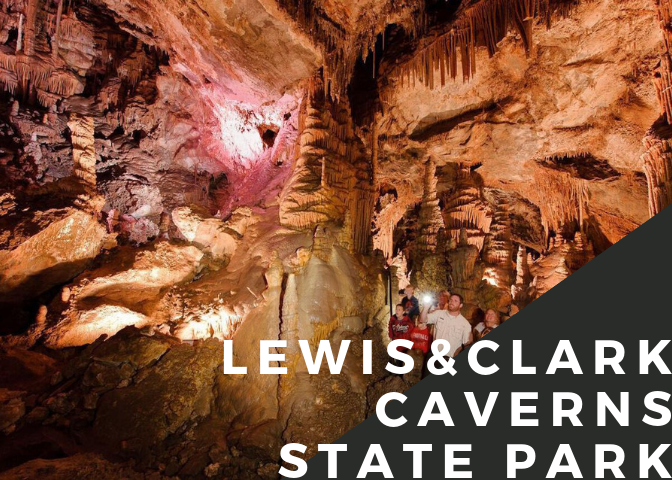66th Montana Legislature Passes Seven Bills That Will Help State Parks
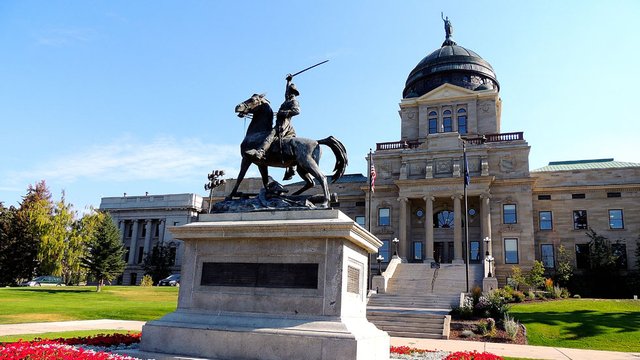
This past winter and early spring Montana’s legislative branch convened for nearly four months in Helena to review and pass laws for the state. Legislative sessions only occur once every other year and Montana and their decisions have lasting impacts across the state for years to come.
In 2019, the legislature heard, debated, and ultimately passed seven bills that will affect State Parks in positive ways. We want to share a bit of information about these bills and how they will likely help State Parks in the years to come.
Summary of Bills Benefiting Montana State Parks
House Bill 229: Sponsored by Brad Hamlet: Clarifies that dinosaur bones and fossils are part of the surface estate or surface rights not subsurface or mineral rights. This bill makes it clear that paleontological artifacts located in state parks like Makoshika are the property of the State of Montana, not various subsurface rights owners within the parks.
House Bill 423: Sponsored by Edward Buttrey: Provides discounted state park camping opportunities for veterans across Montana. Making camping in State Parks more affordable to veterans is a great outcome and one that we hope will encourage more veterans and their families to get out and explore all the camping options available at our state parks.
House Bill 652: Sponsored by Mike Hopkins: Revises the long-range building infrastructure bonding program and includes approximately 1.3 million dollars for a water line from the Makoshika State Park Visitor Center to the campground and facilities in Cains Coulee.
House Bill 695: Sponsored by Jim Keane: Appropriates funds to MT Fish, Wildlife, and Parks for the purchase of a permanent recreation easement at Big Arm State Park on Flathead Lake. The purchase of this recreational easement settles a decades-long challenge facing State Parks as they grappled with how to pay rising annual lease payments to the MT Department of Natural Resources Conservation to operate Big Arm State Park. By law, DNRC is required to charge 5% of assessed property value for an annual lease of State Trust Lands to generate revenue for Montana’s school system. State Parks could no longer afford the annual lease payments as property values on Flathead Lake have dramatically increased in the past decades. By securing the funds to purchase a permanent recreational easement at the park, MT FWP can ensure access to Big Arm State Park and Flathead Lake in perpetuity.
Senate Bill 24: Sponsored by Terry Gauthier: Provides a modest increase in the optional Light Motor Vehicle registration fee that benefits State Parks, Fishing Access Sites, Historic Preservation, and trails-based recreation across Montana. The optional fee currently provides nearly 40% of the annual operating revenue that State Parks rely on. A modest increase of $3 per vehicle will still allow Montanan’s to access one of the largest state parks systems in the country (55 Parks) and 332 Fishing Access Sites without having to worry about paying fees at the park while also providing beneficial funds for trails and historic preservation.
Senate Bill 70: Sponsored by Pat Flowers: Removes Missouri Headwaters State Park from the “primitive parks” designation. Removing Missouri Headwaters from the “primitive parks” list is a critical first step in allowing Park Managers to be more proactive in managing the growing demand for recreational opportunities, addressing environmental impacts, complying with the Americans with Disabilities Act, and ensuring historic preservation at the park.
Senate Bill 338: Sponsored by Terry Gauthier: Provides funding for construction of the Montana Heritage Center, the new home for your Montana Historical Society. After the Montana Heritage Center is completed in 2025, 6.5% of the 1% bed-tax increase passed as a part of this bill would go to State Parks to provide critical funding for park maintenance, staffing, and visitor services.
The Montana State Parks Foundation worked closely with our partners at Montana State Parks and other non-profit organizations to support the passage of these bills. We would like to thank all of our partners, supporters, and bill sponsors for their hard work and leadership to help our Parks. However, we couldn’t have done it without you, the people who use and love our state parks and choose to help by donating to the Foundation. Thank you for your support. Here’s looking forward to a great year and a bright future for Montana’s State Parks.
66th Montana Legislature Passes Seven Bills That Will Help State Parks Read More »

